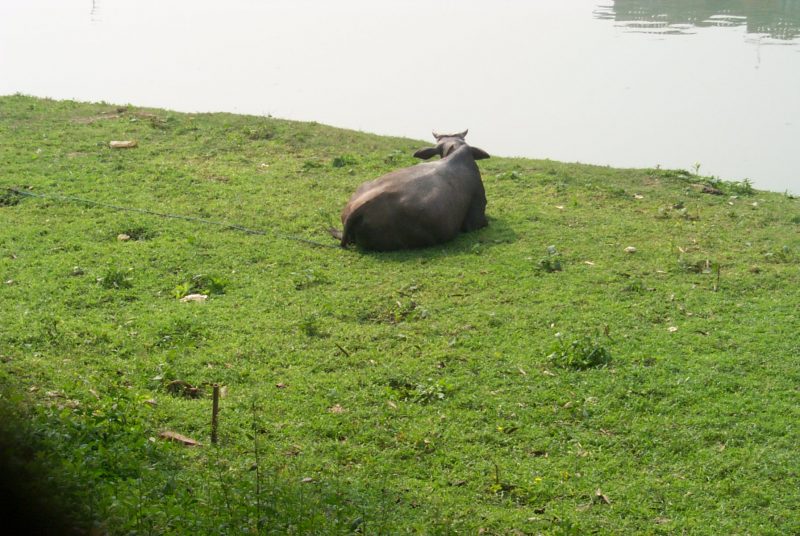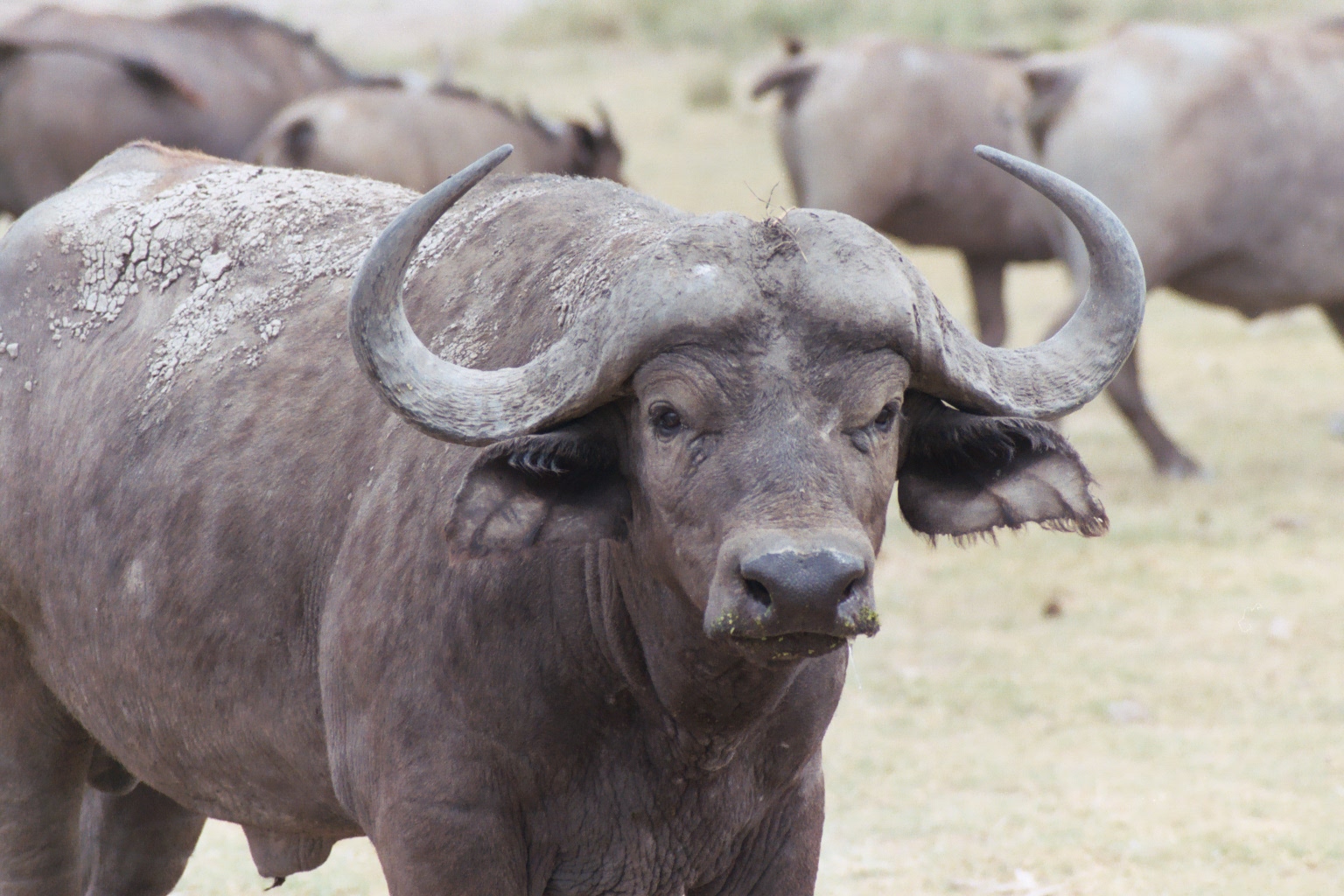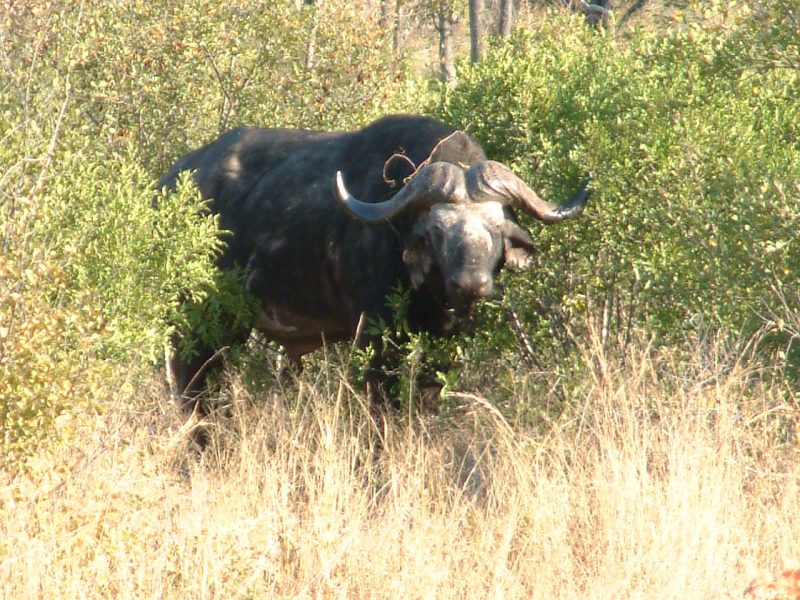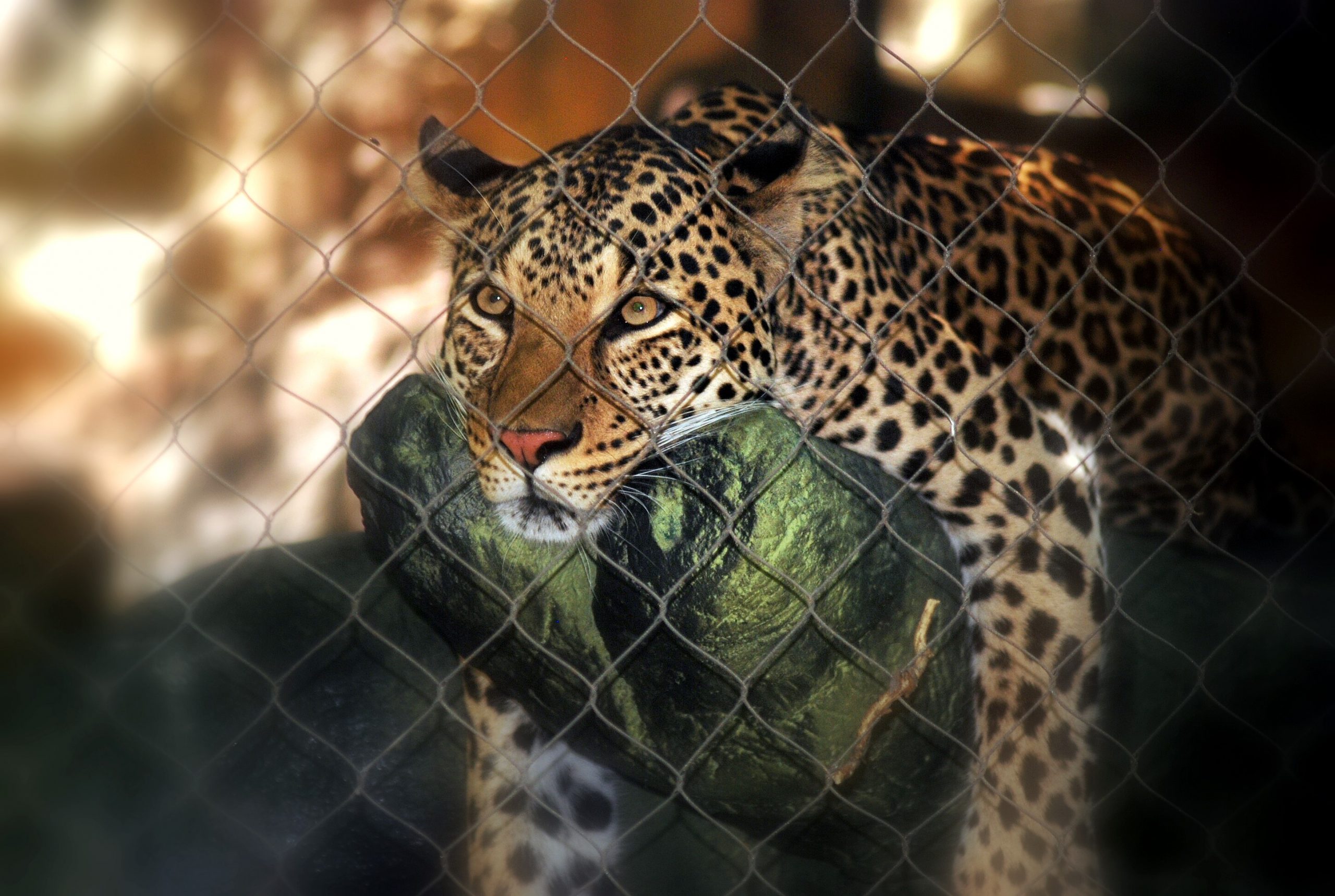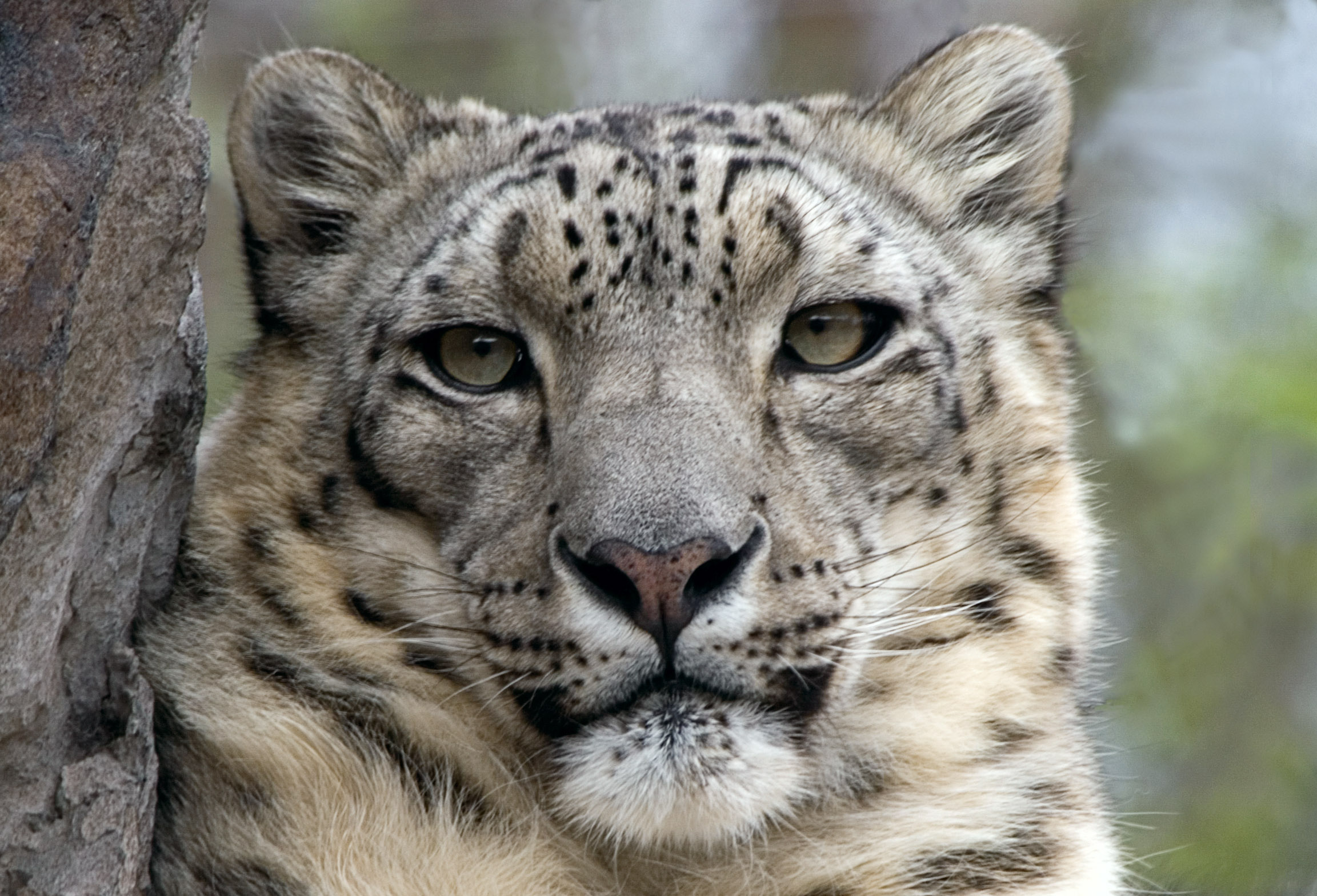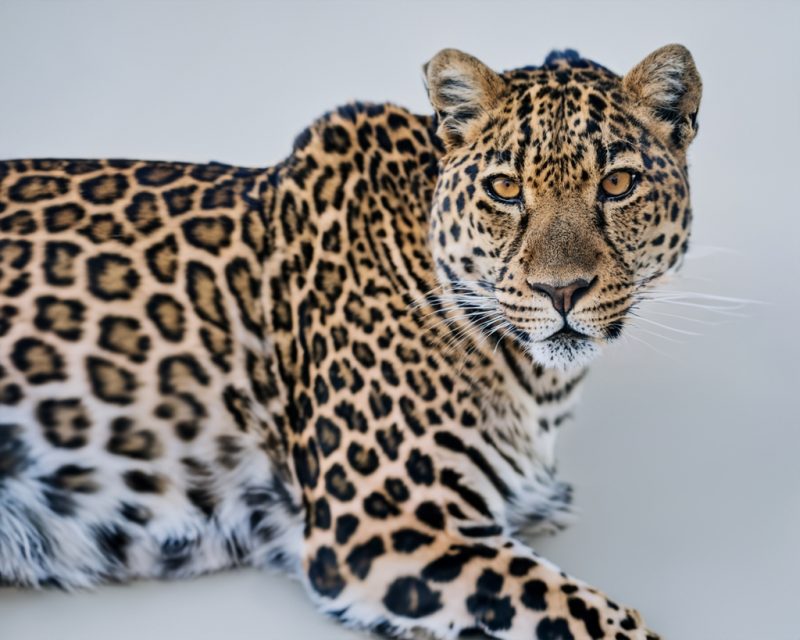-
The buffalo is a powerful totem in various spiritual traditions. It symbolizes strength, abundance, and endurance. As a spirit animal, the buffalo teaches us important life lessons about resilience, gratitude, and staying grounded. In addition to its symbolic significance, the buffalo also holds profound meanings when it appears in dreams.
-
Buffalo symbolism is deeply rooted in spiritual traditions, particularly among Native American cultures. Psychics and spiritual practitioners often discuss the buffalo’s powerful presence, offering deep insights into personal growth and the human psyche. The buffalo spirit animal, known for its strength, resilience, and connection to the earth, carries profound meanings.
-
Buffalo symbolism holds deep spiritual significance across many cultures. Psychics near me often speak about its powerful energy and transformative qualities. The buffalo spirit animal, in particular, is revered for its strength, resilience, and connection to the Earth. Through discussions with psychics, I understand the deeper meanings behind buffalo symbolism.
-
Buffalo dreams and buffalo spirit animals are powerful symbols in spirituality. They represent abundance, strength, and resilience. These dreams hold deep meanings that can offer guidance during significant moments in life. Understanding buffalo symbolism can provide insight into challenges, transitions, and spiritual growth. It is a reminder to stay grounded.
-
Dreams about buffalo hold powerful spiritual significance. For those seeking clarity, these dreams can offer profound insight. In medium readings, buffalo dreams are often interpreted as messages from the spirit world. The buffalo, revered for its strength, resilience, and abundance, can appear in dreams to communicate key lessons and guidance.
-
The buffalo spirit animal is a symbol of strength, resilience, and abundance. It carries spiritual meaning in cultures. Many psychics and mediums draw upon the buffalo’s symbolism to provide deeper insights in readings. As a spirit animal, the buffalo represents the power to overcome challenges and the promise of prosperity.
-
In this in-depth article, the powerful meaning of the buffalo will be explored through its association with spiritual practices, how psychics interpret this symbol, and what it represents in a broader sense. The buffalo has captured the human imagination for centuries, and its spiritual significance continues to be relevant today.
-
Psychic readings have gained popularity as individuals seek answers about their lives. In Buffalo, a city rich in culture and history, psychic services provide a way for people to explore their selves and seek guidance. Whether you are interested in astrology or tarot, Buffalo has a diverse array of practitioners.
-
The African leopard is a captivating and elusive big cat that roams the landscapes and plains of sub-Saharan Africa. Known for its striking appearance, powerful build, and mysterious nature, the African leopard has captivated the imaginations of people across cultures for centuries. The African leopard represents resilience, agility, and independence.
-
Clairvoyance is the ability to gain insight or perceive information beyond the normal human senses using intuition. It is a powerful form of extrasensory perception, where individuals can tap into intuitive knowledge or access hidden truths. In various spiritual traditional cultures, animal spirits are often seen as guides or symbols.
-
A totem represents a symbolic animal that embodies certain characteristics within various spiritual and cultural traditions. The leopard, with its unique blend of grace, agility, and fierce independence, holds a special place as a powerful totem for many cultures. As a totem, the leopard symbolizes strength, stealth, courage, and transformation.
-
While psychoticism is generally discussed in human terms, its connection to animals, particularly leopards, offers an interesting and symbolic comparison. The fierce independence and unpredictable behaviour of these animals can provide insight into the nature of psychoticism and the ways in which this trait manifests in both humans and animals.
-
For me, the key to finding the best leopard dreams psychics near me involved thorough research, careful consideration, and a series of tried-and-tested steps. In this guide, I shall walk you through the process I followed, the resources I used, and the measures I took to find the right psychic.
-
The leopard is an animal revered across cultures for its beauty, grace, and strength. As one of the most powerful big cats in the animal kingdom, the leopard also carries deep spiritual significance. In many spiritual traditions, the leopard is regarded as a symbol of agility, stealth, independence, and transformation.
-
Leopard dreams are often shrouded in mystery, with the majestic and elusive nature of this big cat inspiring awe and curiosity. As powerful and symbolic creatures, leopards are deeply intertwined with themes of strength, stealth, independence, and spiritual transformation. When a leopard appears in a dream, it can carry meanings.
-
The leopard spirit animal is a potent symbol of agility, strength, stealth, and independence. This majestic creature, known for its grace and power, is not only a physical predator but also a spiritual guide and counsellor that can offer valuable lessons to those who are open to receiving its messages.
-
Dreams are a window into the subconscious mind, offering insights, guidance, and messages from beyond. Among the many symbols that can appear in dreams, animals hold particular significance. Leopards, with their striking beauty and graceful agility, are one of the more powerful animal symbols that can appear in your dreamscape.
-
Leopards have long fascinated humans, not only because of their physical beauty and predatory nature but also for the profound spiritual and psychic significance they hold across cultures and belief systems. Leopards carry an energy that is both captivating and deeply symbolic in the realms of mysticism and psychic interpretation.
-
The zebra, with its stripes, is one of the most iconic animals in the animal kingdom. In this article, we will explore the zebra’s symbolism, its role in African culture and nature, and how its qualities, strength, balance, and freedom, make it a powerful totem and guide for personal growth.
-
We explore how the zebra can serve as a spiritual guide, offering messages and insights through the lens of clairvoyance. By understanding the zebra’s spiritual significance, we can uncover how a clairvoyant connection to this animal might help unlock deeper wisdom, enhance intuitive abilities, and guide us toward spiritual fulfilment.


